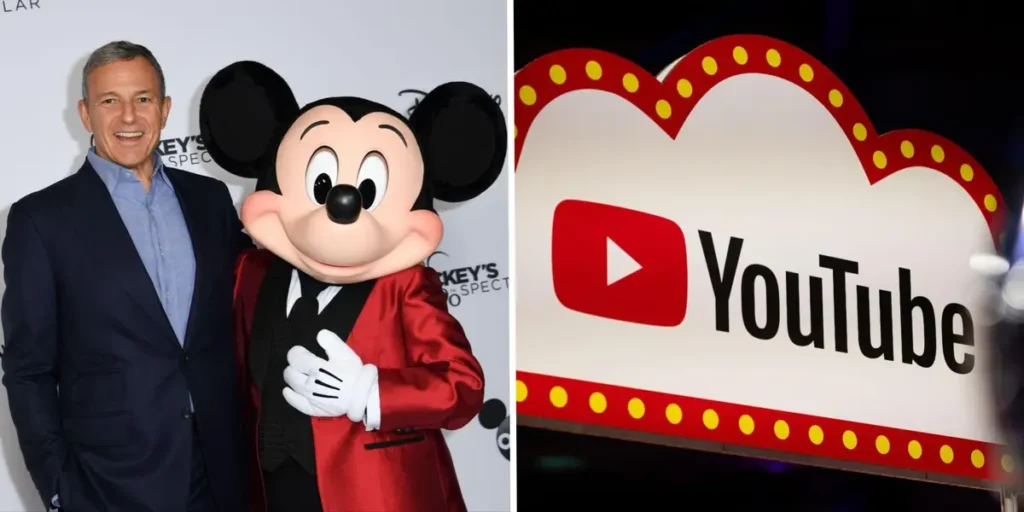YouTube TV isn’t budging in its high-profile fight with Disney — and it has leverage beyond its Google backing.
The popular pay-TV service has become an industry titan in its own right and is on track to catch its cable TV rivals in the coming years, analysts say.
Disney’s TV networks, like ESPN and ABC, have been gone from the Google-owned TV service for over a week. The Mouse House insists that YouTube isn’t properly valuing its channels, while YouTube TV is telling its customers that giving in would lead to higher prices.
Disney and ESPN have made the case that YouTube is being unreasonable and can afford to play hardball in negotiations since it’s owned by Google. While Disney is a corporate behemoth, worth $200 billion, it’s roughly 17 times smaller than Google-parent Alphabet, which is the fourth-largest company in the world with a $3.4 trillion market value.
But YouTube TV isn’t some dinky business that’s propped up by a generous tech giant. It’s a robust operation that generates lots of cash, even if it’s not yet a major needle-mover for Alphabet.
Ric Prentiss of Raymond James wrote in a note that this fight is “indicative of YouTube TV wielding increased bargaining power.”
YouTube TV has been the fastest-growing major TV provider over the last few years, rising from 2 million subscribers in late 2019 to about 10 million paying customers, while most of its competitors have shrunk.
MoffettNathanson
Google’s live TV service is now the third-biggest pay-TV provider behind only cable giants Charter and Comcast, according to analysts at MoffettNathanson. The research firm estimates that YouTube TV will pass those incumbents in the next two years and become the industry leader.
“Given the rapid growth of YouTube TV — especially in the context of the accelerating decline of traditional Pay TV providers — it is quickly becoming a crucial player in the linear TV ecosystem,” MoffettNathanson’s Michael Nathanson wrote earlier this year.
MoffettNathanson
MoffettNathanson estimates that YouTube TV has grown its revenue from less than $1 billion in 2019 to just under $8 billion in 2024, and earlier this year was on pace to hit $9.6 billion in 2025. The firm believes YouTube TV will generate $11.6 billion for Google by the end of 2027.
That growth came despite competition from other “virtual pay-TV services,” which brought the traditional pay-TV channel bundle to streaming. The first movers were Fubo and Sling TV, which both launched more than two years before YouTube TV in early 2015. Other competitors, such as Hulu + Live TV and DirecTV Now, now known as DirecTV Stream, arrived a few years later. These services are especially popular with younger audiences who love streaming and sports fans who want to see games in one convenient place.
YouTube TV became by far the biggest and best-known of the bunch. However, like its rivals, it faces existential questions about the future of the pay-TV bundle.
Sports have begun to migrate to stand-alone streaming services — as opposed to streamers like YouTube TV that bundle traditional TV channels — in recent years. Some games now stream exclusively on these services, such as “Thursday Night Football” on Amazon’s Prime Video or NBA and NFL games on Peacock. That shift has accelerated cord-cutting, which also affects YouTube TV.
MoffettNathanson
Although YouTube TV might not be a make-or-break business for Google and Alphabet, it’s not a struggling vanity project. Instead, it’s a key part of a strategic vision to own the living room.
It’s difficult to see how Disney could afford not to be in business with YouTube TV, now that it has become a top pay-TV provider. Similarly, YouTube and Google can hardly afford to spurn Disney, assuming they’re set on being a major player in the TV market.



